The bat: a happiness charm
Rest assured, bats don’t get tangled in your hair, there are no vampire bats in these northern latitudes, and while these little mammals sometimes carry the rabies virus, the risks of contamination are practically zero. Actually, these fascinating creatures play an unsuspected role and their survival is far from being a given.
Whereas in China they symbolize happiness and long life, here they are victim to stubbornly-held negative beliefs. And yet, chiroptera play an essential ecological role. Just one of them eats, every night, up to 8 g of insects, which is equal to 3,000 mosquitoes, thus reducing the propagation of illnesses transmitted by biting insects (not to mention those itchy mosquito bites).
Bats also eat insect pests that prey on crops and plantations. One colony of 140 big brown bats devours, annually, up to 1.3 million harmful insects. In the United States, it’s estimated that the annual value per hectare of these insecteating bats comes to about $200 due to the reduction In pesticide use. For the agricultural world, that adds up to an annual economic contribution of several billion – and that’s not a typo – dollars.
The significant contribution of bats to preventive health measures and agricultural productivity is in danger. Bats are poisoned by pesticides, removed from buildings where they sometimes take shelter, and often exterminated for no good reason.
Since 2006, millions of bats have also been destroyed by a microscopic white fungus which develops on the nose, ears or wings. The infected bats wake up during hibernation and die from cold or hunger. Because of this, three of the eight species of bats present in Québec are endangered.
Wind farms also cause significant death rates in bats, particularly during autumn migrations. Attracted by the structures, which they see as potential resting places, the animals die from an internal hemorrhage caused by the air pressure drop when the wind turbine blades rotate.
In the American North-East, more than 100,000 bats die this way annually. These losses could be decreased, however, by reducing the speed of rotation of the wind turbine blades during specific critical periods.
Please be tolerant of these little creatures if by chance they decide to live in your home; avoid bothering them when they’re hibernating; and, if you’re feeling kind, build them a shelter adapted to their needs. (Bat house plans are available online.) After all, as people in China believe, your happiness depends on it.
More from this author by clicking on his photo below.


Jacques Prescott131 Posts
Jacques Prescott est biologiste, professeur associé à la Chaire en éco-conseil de l’Université du Québec à Chicoutimi. Spécialiste de la biodiversité et du développement durable, il est l’auteur de nombreux livres et articles sur la faune et la conservation de la nature. Il nous fait l’honneur de rejoindre notre équipe de collaborateurs et signera chaque mois une chronique intitulée Faune et flore. / Jacques Prescott is a biologist, associate professor with the Chair in Eco-Counselling of the Université du Québec à Chicoutimi. A specialist in biodiversity and sustainable development, he is the author of numerous books and articles about wildlife and nature conservation. He has honoured us by joining our team of contributors and will write a monthly column entitled Wildlife and Habitat.
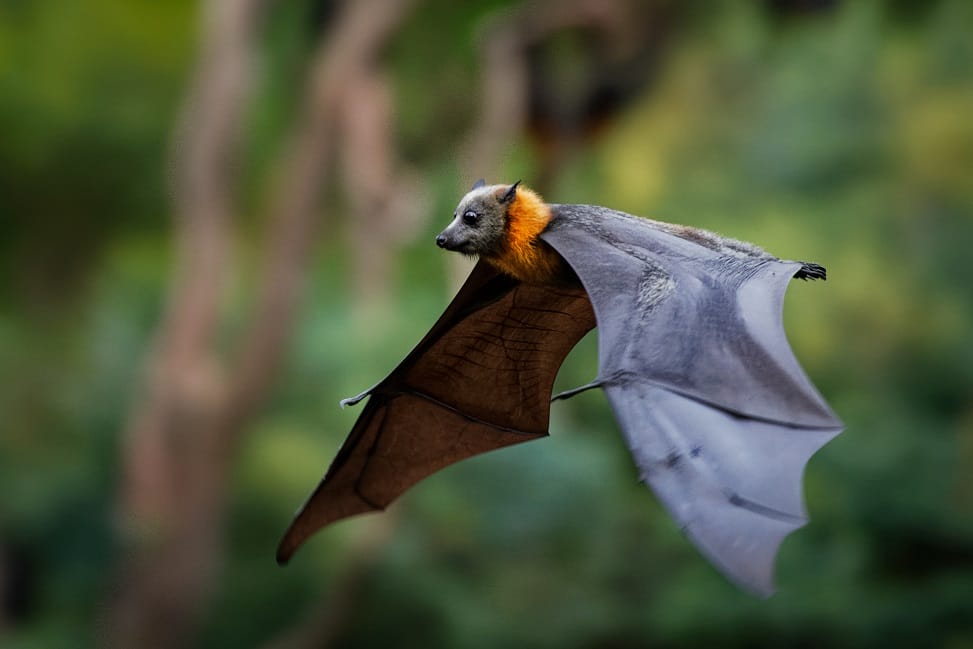
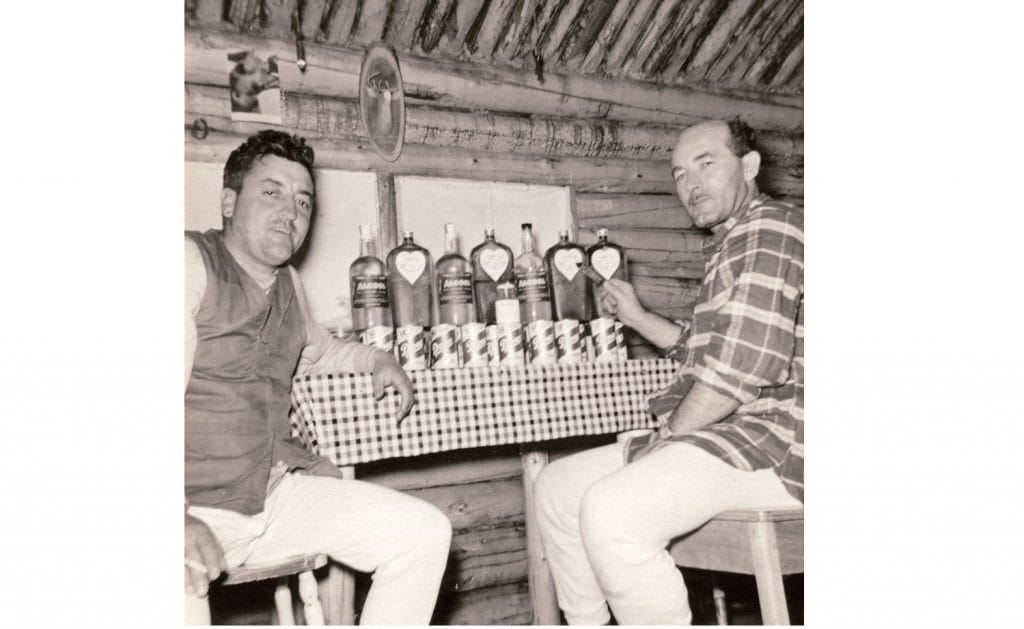
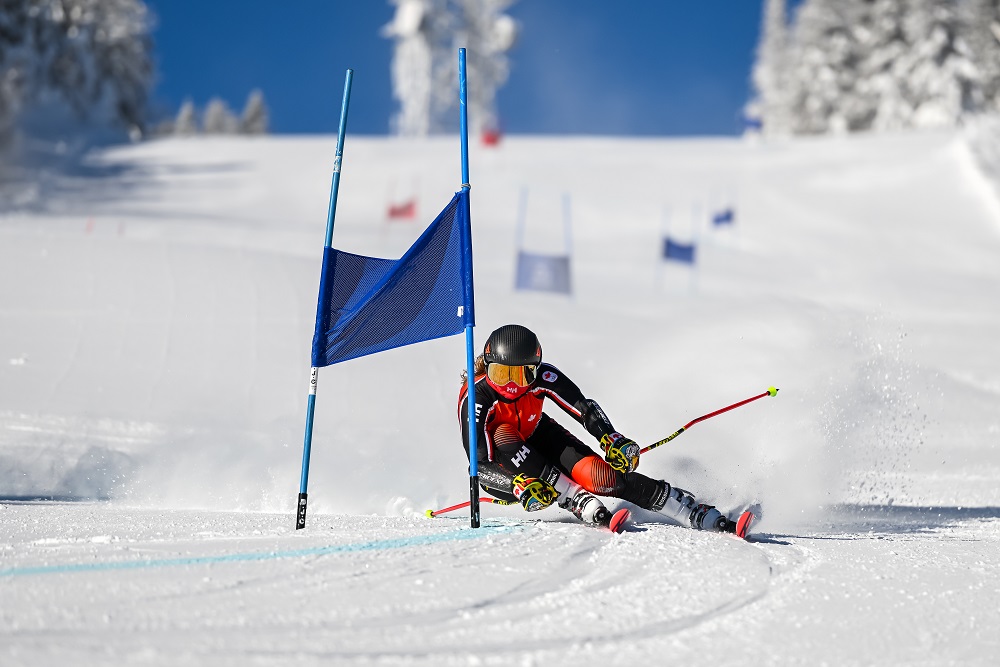
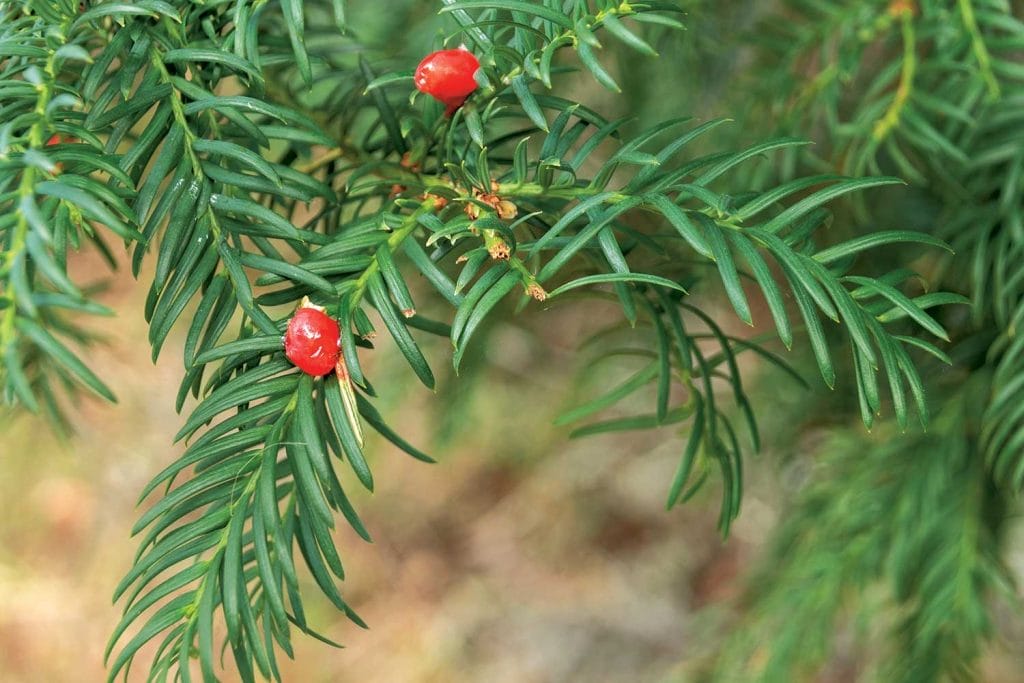
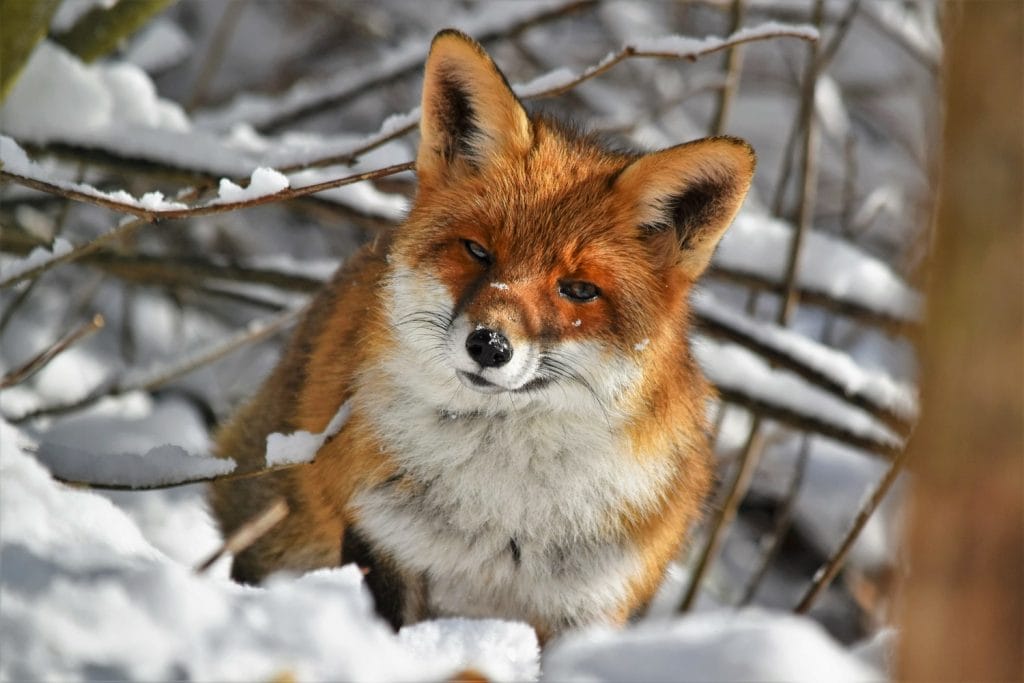
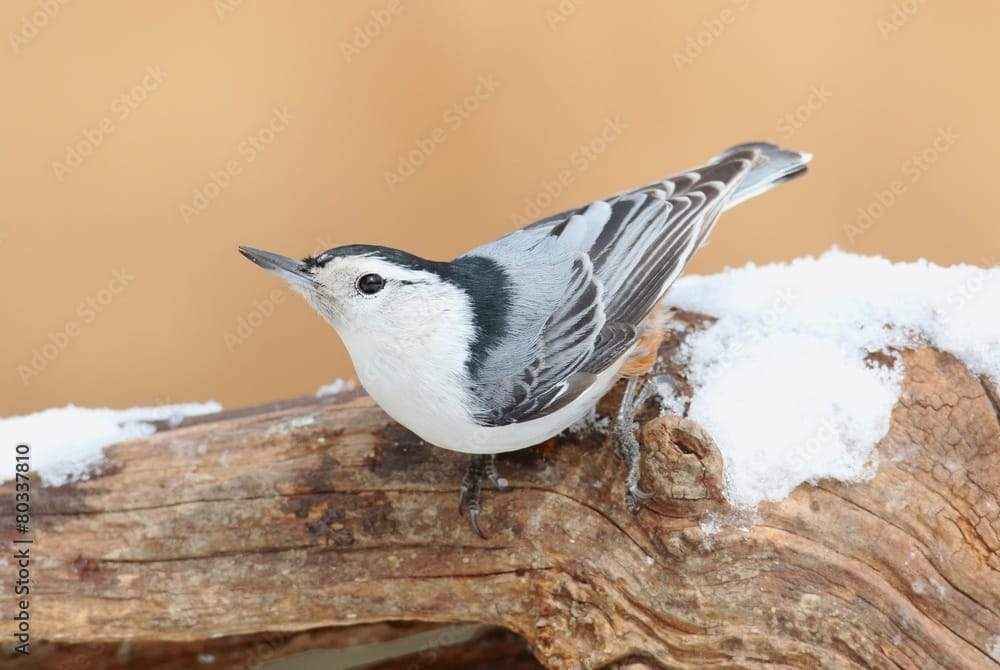
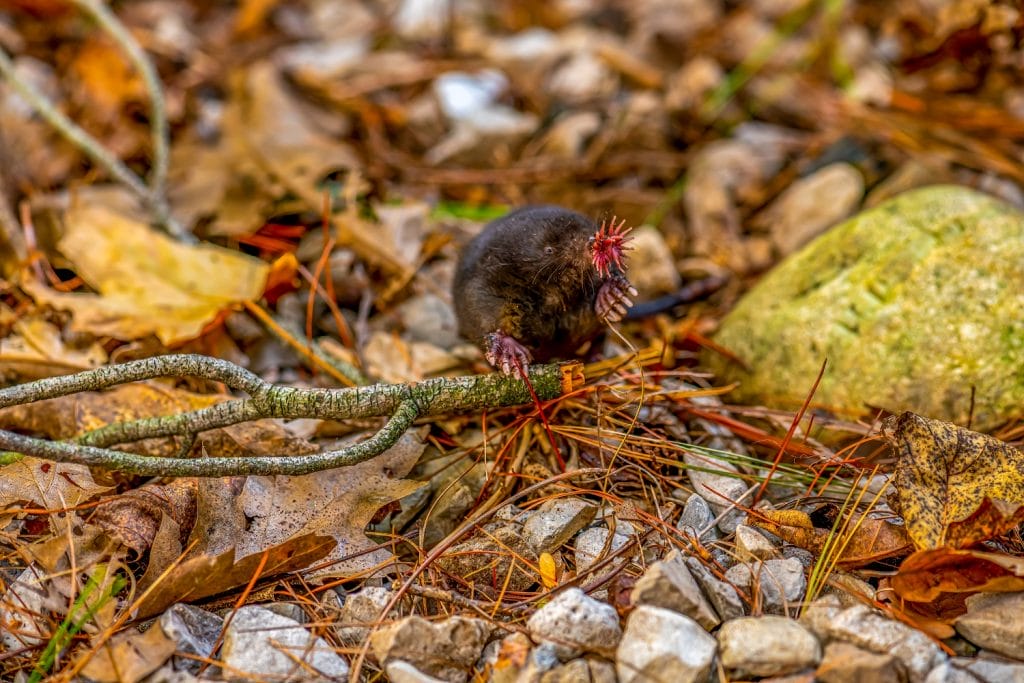





0 Comments